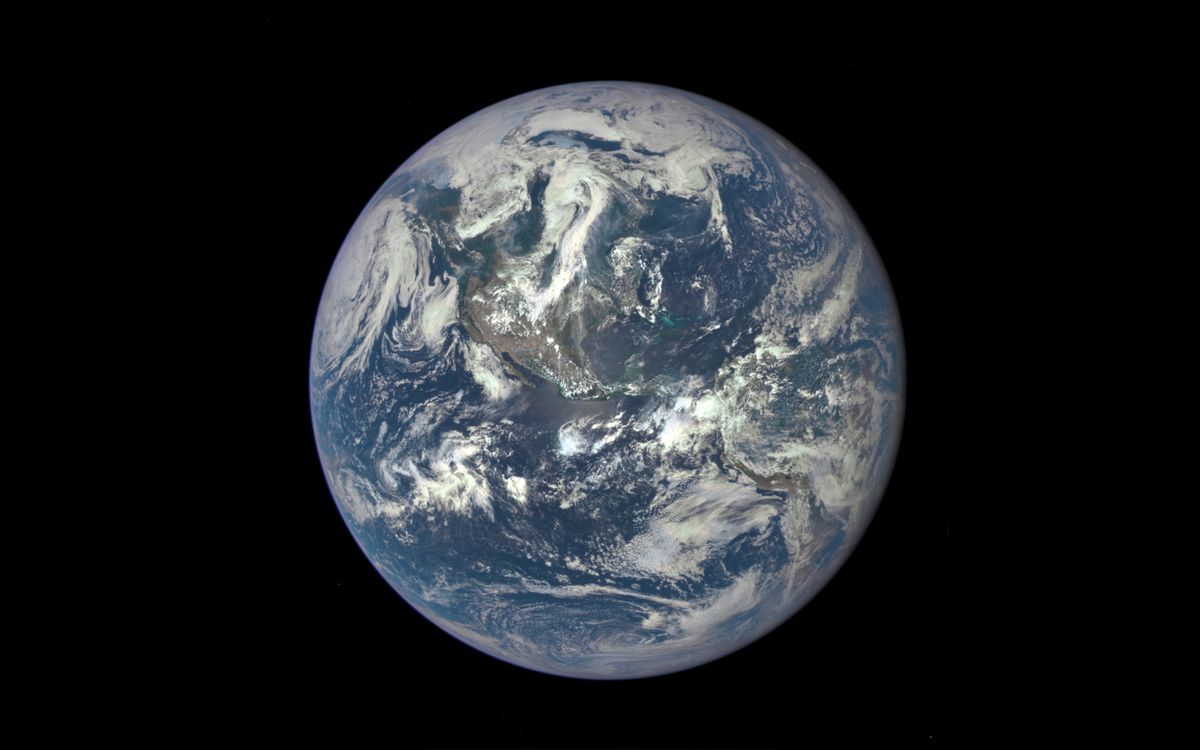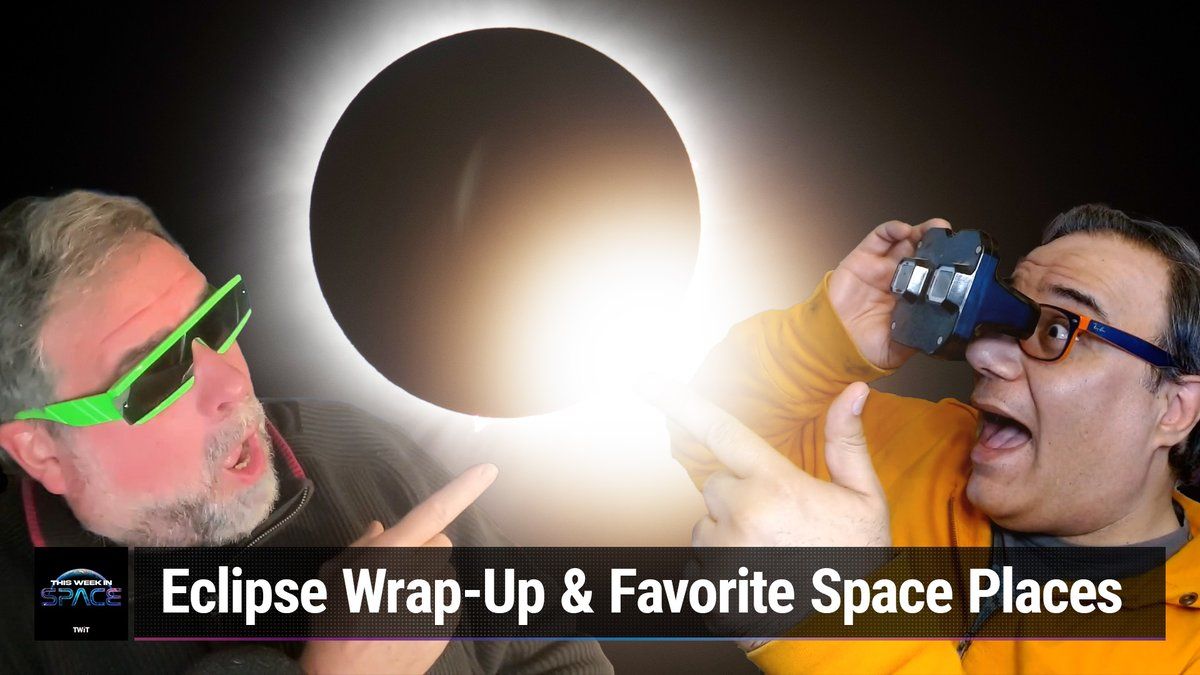Analysis of Weather Forecast for Total Solar Eclipse on April 8
The upcoming total solar eclipse on April 8 has been the subject of much anticipation and preparation. However, as with any major event that relies on weather conditions, the accuracy of weather forecasts becomes paramount in ensuring a successful viewing experience. This article delves into the intricacies of weather prediction and its implications for eclipse watchers.
Challenges of Long-Term Weather Forecasting
Weather prediction beyond a week’s time frame is a complex and dynamic process. Despite the advancements in numerical weather prediction systems, there is a degree of uncertainty associated with long-range forecasts. New data and information can cause significant changes in the predicted weather patterns, making it challenging to provide precise forecasts well in advance.
As the total solar eclipse approaches, the reliability of weather forecasts becomes increasingly crucial. Recent forecasts have shown signs of convergence, offering more consistent guidance on the expected viewing conditions along the path of totality. These forecasts are complemented by inputs from the National Weather Service forecast offices located in the vicinity of the eclipse path, enhancing the accuracy of the predictions.
Impact of Climatology on Weather Expectations
The discrepancy between long-term climatology averages and actual weather conditions serves as a reminder of the inherent variability in weather patterns. While historical climate data can provide valuable insights, it is not a definitive indicator of future weather outcomes. As the renowned science fiction writer Robert A. Heinlein aptly stated, “Climate is what we expect, weather is what we get.”
The reversal of expected weather patterns for the total solar eclipse highlights the unpredictability of atmospheric conditions. Regions that were initially deemed less favorable for viewing, such as New England and Atlantic Canada, now appear to offer better prospects for clear skies during the eclipse. This shift underscores the need for real-time monitoring and adaptation of observing plans based on the latest meteorological data.
Weather Patterns and Viewing Conditions
An analysis of the weather maps for April 8 reveals a complex interplay of high and low-pressure systems across the eclipse path. While certain areas may experience cloud cover, there are indications of localized thinning that could allow for partial views of the sun during the eclipse.
The presence of high-pressure ridges and frontal systems in the vicinity of the eclipse path necessitates continuous monitoring of satellite images and radar scans to assess cloud cover and weather conditions. Mobility and flexibility in adjusting viewing locations based on real-time weather updates can enhance the chances of witnessing the total solar eclipse without hindrance.
Optimal Viewing Locations and Precautions
For individuals seeking the best viewing experience, areas with lower cloud cover probabilities, such as northeastern states like New York, Vermont, and Maine, offer favorable conditions for observing the eclipse. Monitoring severe weather forecasts and potential disruptions caused by storm systems can help in planning safe viewing locations and travel routes.
Lastly, considerations for topographical influences on cloud formation, such as mountain ranges in upstate New York and New England, can further inform viewing strategies. Despite uncertainties in weather predictions, proactive measures and vigilance in monitoring changing conditions can enhance the overall eclipse viewing experience.
Image/Photo credit: source url





